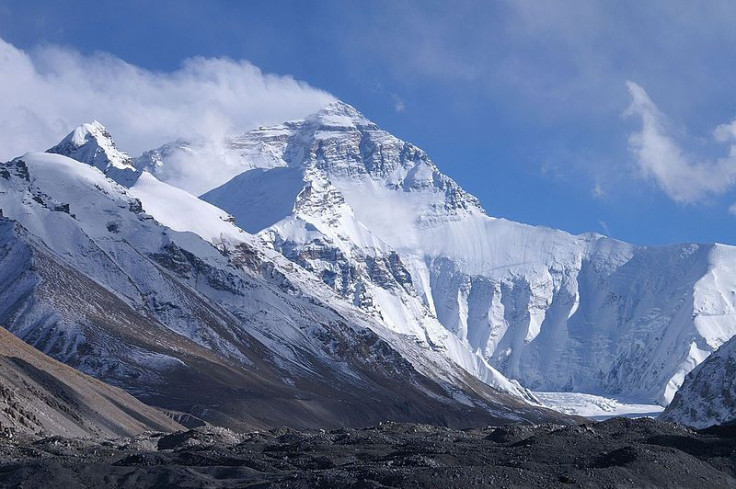Yuichiro Miura, 80-Year-Old Man From Japan Tops Mt. Everest After Overcoming Fourth Heart Surgery

Measuring 29,035 feet, Mount Everest is considered the highest mountain in the world and no easy task for thrill seekers. Especially for an 80-year-old thrill seeker.
But for the third time in his life, Yuichiro Miura from Japan magnificently reached the top of Mount Everest Thursday morning, confirmed by Nepalese mountaineering official Gyanendra Shrestha. Miura reached the summit for his first time at 70, then again at 75.
On top of the numerous health concerns one can face while trekking this height, Miura recently underwent his fourth heart surgery since 2007 to repair an irregular heartbeat, or arrhythmia, the Associated Press reported.
With temperatures that drop well below zero, hurricane force winds, and the constant threat of avalanches, Mount Everest is no place you want to be while unprepared. Oxygen levels at the summit are virtually nonexistent, which makes breathing a hindrance for even a healthy adult.
After 26,000 feet, also known as the "death zone," no human can survive for any length of time without oxygen assistance. In an attempt to compensate for the lack of oxygen, the body increases blood flow to the brain, which can induce high-altitude cerebral edema (HACE), a malfunction in the brain caused by its swelling that can turn fatal if not addressed. Signs of HACE include dizziness, confusion, fatigue, nausea, vomiting, blurred vision, hallucinations, and paralysis.
On May 10, 1996, eight people died trying to reach the top of Mt. Everest due to weather conditions, altitude sicknesses, and other environmental dangers. Their exploits were featured in the book Into Thin Air by Jon Krakauer, who had also attempted the ascent that year.
In December 2008, an international research team led by Massachusetts General Hospital (MGH) conducted the first study to analyze deaths at the summit of Mount Everest. Their findings suggest that the majority of deaths actually occur during descent while still in the "death zone." The group also determined that HACE was the most common medical issue associated with death.
"High-altitude cerebral edema symptoms were common among those that died, but signs of pulmonary edema, or excessive fluid in the lungs, were unusual," said lead researcher Dr. Paul Firth, M.D., from the MGH Department of Anesthesia.
"We also were surprised at how few people died due to avalanches and ice falls in recent years - those usually happen at lower altitudes, and overwhelmingly people died during summit bids above 8,000 feet - and that during descents, the mortality rate for climbers was six time that of sherpas."



























